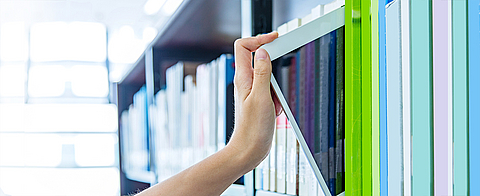Bridge approach on geosynthetic encased columns (GEC)
Abstract
The Geotextile Encased Columns (GEC) foundation system for embankments on soft soils was introduced some
20 years ago and is now considered State-of-the-art. The GECs consist of compacted granular fill similar to
common stone columns with one decisive difference: they are confined in a high-strength woven geotextile
encasement controlling their behavior. Thus, they work properly even in extremely soft soils and a wide range of
fills including sand can be used. Recently bridge approaches on soft soils. There are two specific aspects in this
project: the GECs adjacent to the piled bridge abutments have additionally to reduce the lateral pressure in depth
on the rigid piles; an old unsorted landfill had to be crossed by the GEC-system. An extensive measurement
program was installed. The specifics of the landfill crossing and of the lateral stress relief are described together
with the most important measurement data, comments and conclusions.
Conclusion
The new German Federal Highway B212n as a bypass of the City of Berne in Northern Germany is situated in a
region well known for its soft soils and high ground water level. The B212n crosses the river Hunte, where high bridge
approach embankments became obligatory. As the optimal solution, a foundation on geotextile encased columns
(GEC) was chosen.
There are two specific issues in connection with the some hundred meters long and about 7 m high Northern bridge
approach embankment: first, the GECs are positioned in an old unsorted mixed landfill this created significant
technical and ecological difficulties; second, a group of GECs has to work as horizontal stress (lateral pressure) relief
in depth protecting the sensitive rigid piles of the bridge abutment.
Both issues were solved successfully. Philosophy, concepts, solutions, experience, measurements and lessons
learned inclusive of recommendations especially for the landfill problem are briefly presented.
Getting to the point: it is possible to cross a problematic landfill by GECs; it is possible to use GECs as stress relief
system. The technique also seems to be highly adaptable to uncommon problems.
